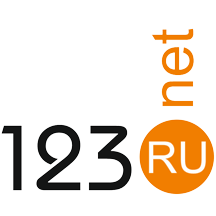Time to IVT Treatment and Functional Outcomes in Acute Ischemic Stroke
To the Editor A recent individual patient data meta-analysis of 6 randomized trials found that the beneficial effect of intravenous thrombolysis (IVT) before thrombectomy in patients with anterior-circulation large-vessel occlusion diminished with time from onset of stroke symptoms to administration of IVT and lost statistical significance after 2 hours and 20 minutes. However, as pointed out by the authors, all patients included in this analysis presented directly to a thrombectomy-capable center. For individuals who receive IVT at a thrombectomy-incapable hospital within a hub-and-spoke telestroke network, thrombectomy is inevitably delayed due to transfer. Prolongated exposure to IVT might increase the chance of early recanalization or thrombus migration to a more distal occlusion site. While early recanalization and distal thrombus migration have been shown to beneficially alter functional outcome after acute ischemic stroke, it remains unknown whether and to what extend this effect may counterbalance the decline of the beneficial effect of IVT with longer times from stroke onset to IVT. Future research on the effects of IVT before thrombectomy should include patients with stroke treated in telestroke networks to identify thrombectomy-eligible patients most likely to benefit from IVT, factoring in wider ranges of IVT-to-thrombectomy times.
